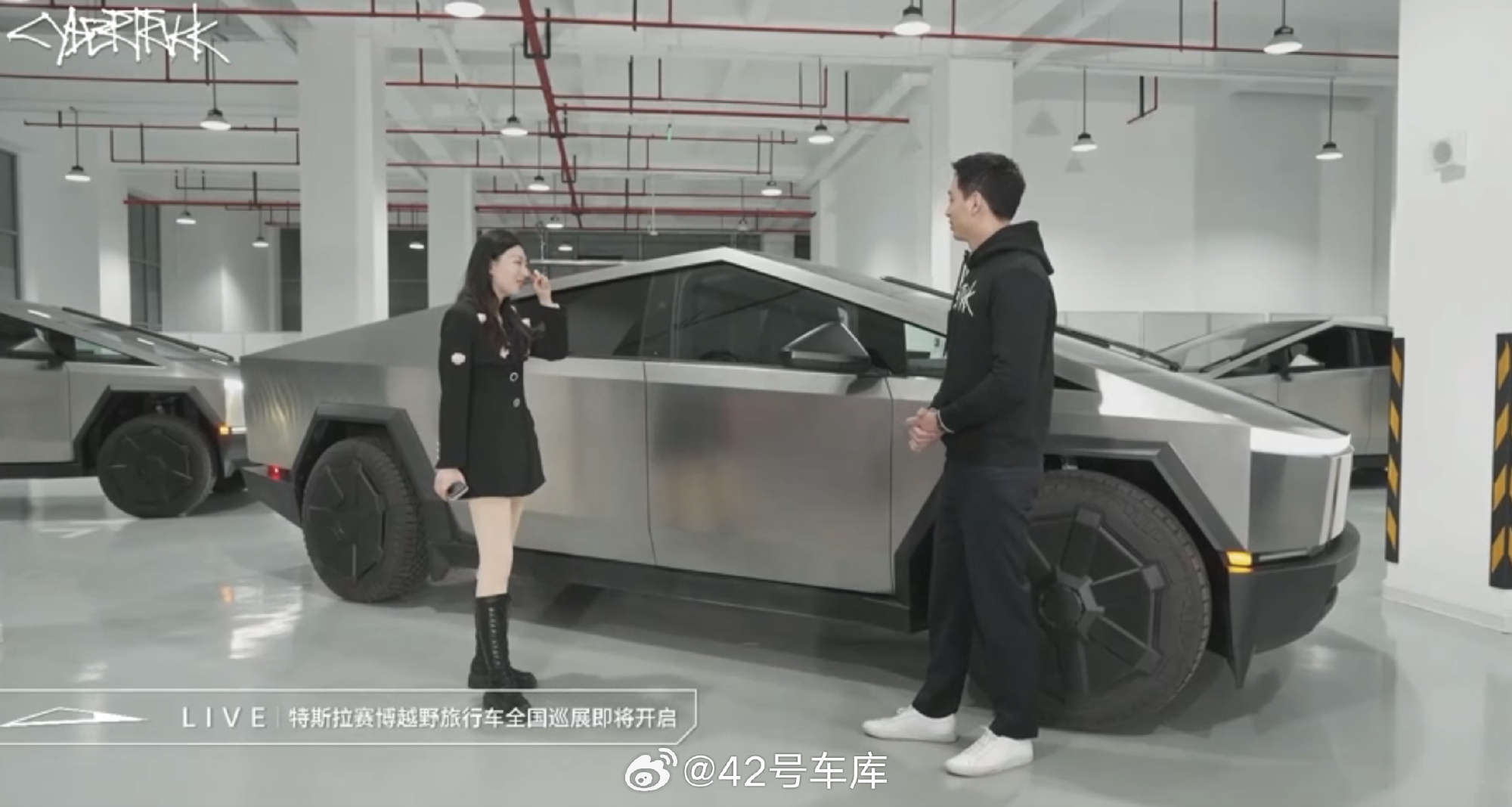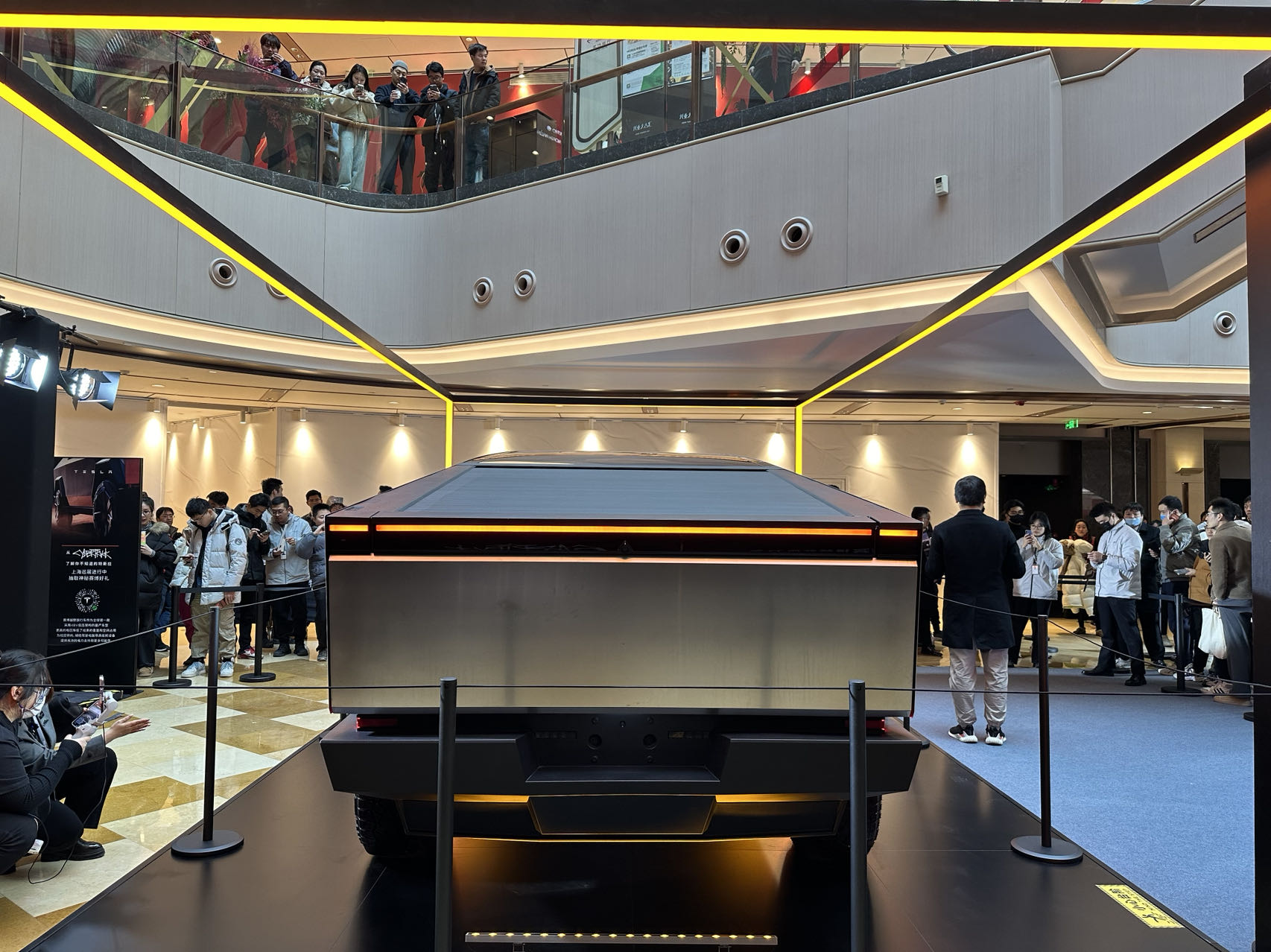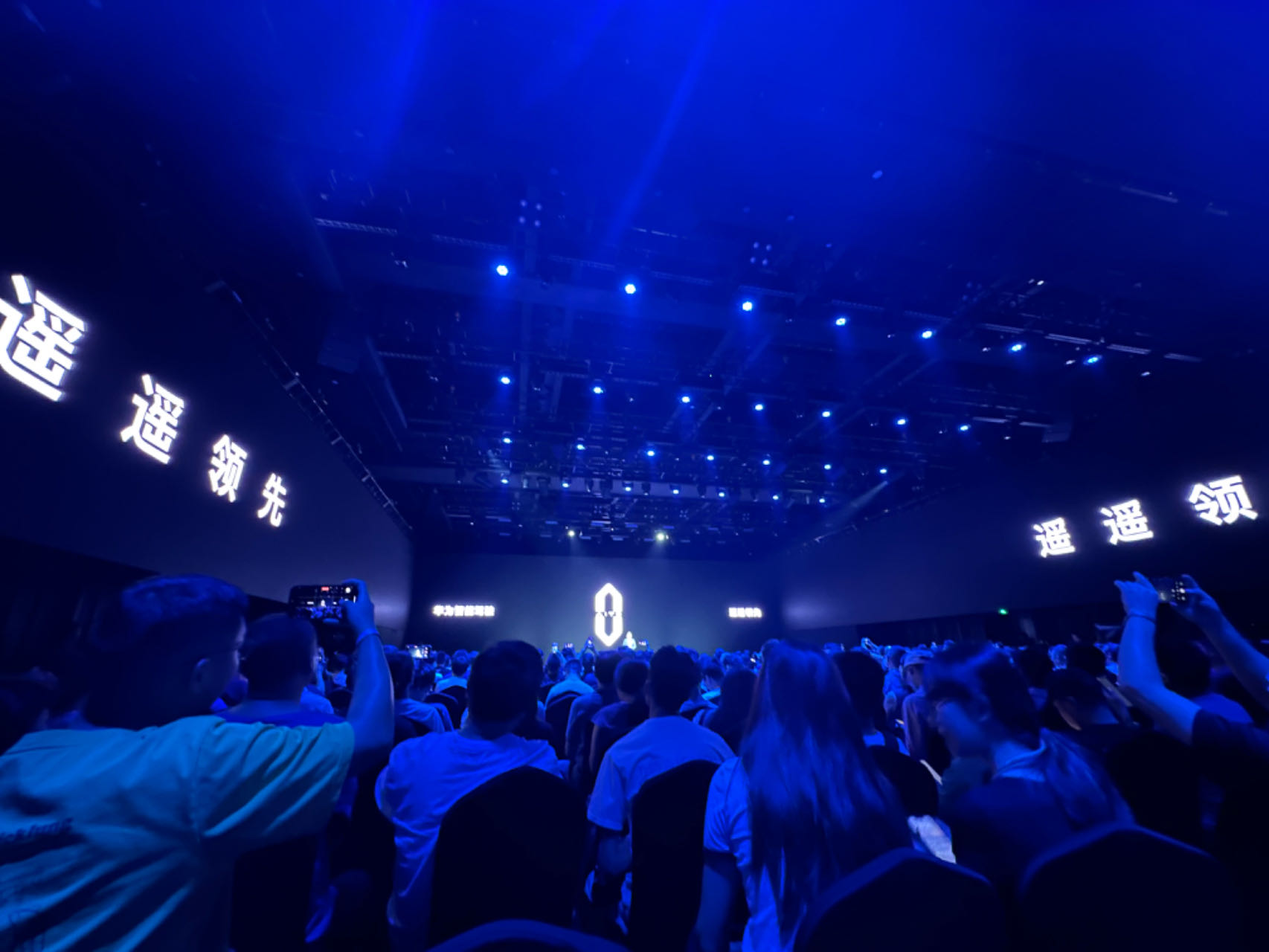For Tesla, a growing reality is that its dominant popularity within the domestic market is being gradually eroded by local new energy brands.
Even with the increasing fan base and loyal followers on our Weibo, interactions and readings related to Tesla’s posts are far less than before, even when Tesla releases its financial reports.
Part of the reason lies in the fact that while Tesla remains at the center of the domestic new energy auto market’s public opinion, it is often compared with competitors and actively discussed by industry insiders. Tesla is no longer a fresh brand and seldom does it create explosive and “circle-breaking” news.
Although being compared and discussed can be seen as free advertising for Tesla, this is far from a viable long-term strategy.
In contrast, local new energy brands frequently deliver breakthroughs in aspects such as battery life, charging speed, high-speed Navigate on Autopilot (NOA), city NOA, and smart cabin technology. These brands are also actively engaging in verbal conflicts, whether covertly or overtly, effectively attracting user attention that is otherwise dispersed in the ocean of information.
However, with the introduction of the Cybertruck into China through an exhibition tour, Tesla has again created explosive and “circle-breaking” news.
The Special Envoys of Car Sales in China
Is the Cybertruck’s entry into China merely for exhibition and to stir up some excitement? No, its core mission is quite simple- selling cars.
As we all know, the Cybertruck is like a new species of car born with a golden key. Tesla has given its most whimsical imagination and top-notch manufacturing technology to the Cybertruck.
Since its first appearance in 2019, the Cybertruck has attracted worldwide attention. Even with the initial embarrassment of shattered glass and the years-long delay in mass production, it still cannot dampen the enthusiasm and choices of users for the Cybertruck. A large number of Chinese users are included, of course.
Musk has taken all of this into account.
In mid-January of this year, Musk replied to a netizen on X that “it’s challenging to legalize the Cybertruck in China, but we can bring the Cybertruck to China for exhibition.” Unlike the perpetually postponed Full Self Driving (FSD), Musk did not make empty promises this time, but took immediate action.
On January 24, the Cybertruck debuted in a domestic live broadcast under the title of “Cyber Off-Road Vehicle”; on January 28, the Cybertruck began its first batch of exhibition tours in eight domestic cities.

Although the Cybertruck is currently unable to go on sale in the domestic market, it has obtained short-term visible benefits for Tesla through live broadcasts and exhibitions, just like a lucky charm brought in for the New Year.I wonder if anyone caught the Cybertruck live stream on January 24th. That day, there were a total of three live streams, during which the host not only worked with three Tesla staff members to explain the product appeal of the Cybertruck, but also promoted a large amount of S3XY merchandise, guiding audience members to leave their contact information by signing up for the Cybertruck tour.
In the upcoming tour, the Cybertruck — much like a highly admired top-tier celebrity — has drawn a surge of popularity for Tesla.
_20240129194724.png)
Take the exhibit at the Shanghai Xingye Taikoo Hui, for instance. There was a continuous line of people waiting for entrance tickets, and another line forming of those waiting to take photos after obtaining their tickets. Spotlights and flashlights lit up the area. Both upstairs and downstairs, individuals speaking Mandarin, various dialects, and foreign languages were stopping to look around with a sense of curious awe.
Meanwhile, the nearby Tesla store was full of people; some were participating in the raffle, others were looking at the cars. It was quite lively. As a result, even those unfamiliar with Tesla probably had a positive first impression upon viewing this spectacle.

Thus, Tesla, by showcasing the Cybertruck, not only cashed in on a significant amount of online and offline traffic, acquiring rich and quality sales leads, but also emphasized from a fresh perspective its brand characteristics. These traits, such as the pursuit of cutting-edge technology, leading manufacturing processes, and the willingness to deliver results, have led more people to appreciate the Tesla brand.
As for how much Cybertruck can help Tesla China to boost its sales, that depends largely on Tesla China’s ability to utilize the wave of interest generated by Cybertruck.
Riding on old glory
If it weren’t for Cybertruck, Tesla’s sustained market heat in China would be riding solely on past glories.
On one hand, Elon Musk is relatively well-known globally, but his primary battlefield is on the “X” platform he controls. Due to Musk’s lack of direct interaction with Chinese customers, it’s difficult for him to influence them directly.
In contrast, domestic brands are much closer to Chinese consumers. Figures like Yu Chengdong, Lei Jun, and Li Xiang have a significant voice in the domestic public opinion arena — on Weibo, their words often draw a broader response. They have a direct line to hear Chinese consumers’ voice and frequently interact with consumers.
Compared with Musk, the emotional distance between the leaders of domestic new energy brands and their users is much smaller.
_20240129194831.png) Moreover, self-owned brands are not just executives acting as influencers on Weibo. Their high-level managers frequently voice their opinions on Weibo, thereby receiving the most direct feedback from users on specific business matters. When necessary, the executives, all together, can easily create a surge of public opinion on Weibo, much like what NIO did before launching ET9.
Moreover, self-owned brands are not just executives acting as influencers on Weibo. Their high-level managers frequently voice their opinions on Weibo, thereby receiving the most direct feedback from users on specific business matters. When necessary, the executives, all together, can easily create a surge of public opinion on Weibo, much like what NIO did before launching ET9.
Therefore, even if the blanket influence of Elon Musk can stir a greater wind, in the long run, it may be difficult to withstand the ‘pillow wind’ collectively blown by China’s own new energy brands toward Chinese users.
On the other hand, Tesla is already a mature brand entering its twenties. Over the past two decades, Tesla has spearheaded a new revolution towards integrated die casting in the automotive industry, ignited a worldwide storm of electrification, made intelligent driving more accepted and needed than ever before, and directly caused the Chinese auto market to undergo significant changes.
However, precisely because of Tesla’s past extraordinary achievements, it has led to increasingly higher user expectations for Tesla. If Tesla’s new changes lack revolutionary nature and profound influence, it’s hard to accord users the same freshness and impact as before.
To maintain revolutionary changes and a deep influence, Tesla must continue to ramp up its investments, constantly reinventing itself. In this process, while R&D costs may increase, it’s uncertain when the changes will appear, with FSD serving as a vivid example.
Meanwhile, comparatively younger self-owned new energy brands are in a phase of rapid growth. For example, in the field of intelligent driving, these brands have first promoted sensor technology and chip computational power, then improved the application of high-speed NOA, and now are initiating a fierce city NOA battle with relentless vigor.

In addition to intelligent driving, self-owned new energy brands have created innovative changes in smart cabins, battery or electric powertrains, chassis handling, design, and more. Since user attention is limited, they naturally gravitate towards whichever side is the most dynamic.
During this period of concentrated change, Chinese brands have demonstrated strong ambition and intensifying product strength in the new energy market. With China’s overall development, domestic users are no longer blindly trusting foreign brands but are showing more emotional inclination to self-owned brands and practical preference towards them when choosing.
Tesla, on the other end, finds itself in a completely different situation. The core of what upholds Tesla’s uniqueness is its brand and product power. However, as previously highlighted, while Tesla slowed down in brand development, self-owned new energy brands grew rapidly.
In terms of product quality, despite Tesla’s manufacturing capacity and battery or electric powertrains still being industry leaders, their value in intelligent driving and cabins is less appealing to users compared to Chinese brands.As Chinese brands continue to aggressively compete, whether Tesla’s brand and product strength can sustain its high-level growth in China’s market is a question mark.
Certainly, the changes Tesla brings are fewer in number and less frequent, but that doesn’t mean they’re non-existent. Currently, the following three events can be foreseen that may bring explosive popularity and influential impact to Tesla:
- Cybertruck conforms to China’s laws and regulations, entering the Chinese market as a cyber off-road vehicle;
- FSD enters the domestic market, with a suitable price, its application ability could adapt to the Chinese-specific driving environment;
- Introduction of a completely new product based on the next-generation platform, providing massive changes compared to the current S3XY.
However, it’s worth noting that while Tesla’s market traffic is living off its past, this past is quite substantial. After all, the Model Y, launched as early as 2019, still became the sales champion in the Chinese auto market in 2023 amid nearly yearly new product iterations in the domestic new energy market — sales volume itself can bring traffic.
In Conclusion
The Cybertruck tour once again pushed Tesla’s popularity to new heights. Regardless of whether Cybertruck can be launched in China, it has already brought noticeable short-term benefits to Tesla, and contributed vitality to Tesla and the overall new energy vehicle market during the offseason in January.
However, when the Cybertruck fever subsides, Tesla, who doesn’t advertise and whose CEO is on the other side of the ocean, facing the fierce competition of independent new energy brands, the challenge will be how to create sustained, positive popularity for the brand.
Based on this, one fact that’s beneficial to independent new energy brands is that Tesla’s current popularity is always achieved by holding major trump cards, and the time Tesla holds these cards is a good opportunity for independent new energy brands to build brand momentum.
So, even for a giant like Tesla, caution is required in China’s current new energy vehicle market. Perhaps as time goes on, some actual changes in marketing strategies will be necessary.
This article is a translation by AI of a Chinese report from 42HOW. If you have any questions about it, please email bd@42how.com.
